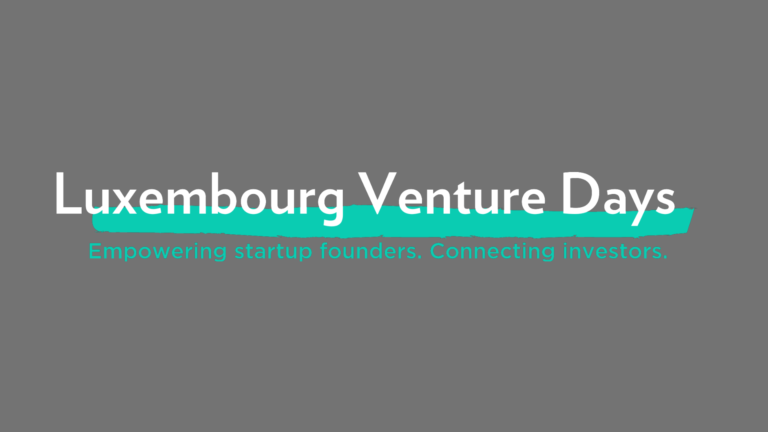By Nathalie Dogniez, AWM EMEA ESG leader, PwC
Only a few weeks to go before the Sustainable Finance Disclosure Regulation (SFDR) implementation deadline, 10 March 2021 and many players still balance on how to categorize their AIF’s: neutral, ESG (SFDR article 8) or sustainable (SFDR article 9)?
This decision has a key strategic dimension, when 77% of European Institutional investors intend to stop investing in non-ESG fund. In that context, the implications of the choice for the neutral classification (neither article 8 nor article 9) needs to be carefully assessed, gauging the impact of the potential misalignment between the AIF classification under SFDR with the investor’s own choices. Funds choosing to be considered as “neutral” will need to ensure that their marketing documentation is consistent with such neutrality choice, refraining to overly communicate on ESG characteristics or attributes of the investments (in other term, refraining to communicate in a way that could create the impression that the fund select investment based on ESG characteristics). And reducing ESG communication could reveal counterproductive when investors increasingly favor ESG.
But on the other hand, compliance officers (rightly) argue that, as the detailed disclosure requirements under article 8 or 9 are not yet finalized (and will not be finalized ahead of 10 March 2021), committing to article 8 or 9 equates to signing a blank check, i.e. committing to disclosure rules not yet known. Here again, careful tradeoff is to be made between eagerness, or not, to report on ESG matter and investors ESG appetite. Hence, the “neutral” choice may appear the safer choice, aligning to the “business as usual” safe harbor. But SFDR article 6 is not business as usual for all funds, as it requires assessing and disclosing impact of sustainability risks, i.e. ESG risks that could have a material impact on the value of the investments. Contrary to the approach prevailing in the past where sustainability consideration was frequently contrasted with the managers fiduciary duty to focus primary on financial performance, integration of material sustainability risks is now considered as part of managers fiduciary duties. Managers are required to assess such risks to determine which ones are relevant and be transparent in their PPM on their assessment and policies thereof.
Shall all the AIF’s update their PPM in order to reflect the new sustainability risks disclosures? SFDR, being a high level cross sectorial regulation, just refer to the broader definition of AIF and AIFM’s, raising the question whether registered AIFM and non-EU AIFM, and their funds, are under the scope. This question remains open, as highlighted in a letter sent by the European regulators to the European Commission, urging for rapid clarification as the implementation deadline is approaching. And what about the closed AIFS, shall they be required to update their PPM when they are not marketed anymore? In the absence of grandfathering close in the regulation, market participants seem to agree that updating sales documents of funds not marketed anymore would not make sense. One shall nevertheless remember that SFDR is not just about being transparent at the point of sale but also , for article 8 and article 9 funds, throughout the fund life cycle, as it requires reporting on the actual outcome of the sustainability policies implemented through website and periodic reports.
In that context, another question that is often raised is “what are the minimum requirements for a fund ESG approach to be considered as compliant with SFDR article 8”? Similarly to the fact that there has never been an ESG-compliant concept (as there are many ways in integrating and considering ESG as many managers managing funds sustainably), SFDR is a disclosure or transparency regulation, not a compliance regulation: the objective being to avoid greenwashing, that a fund would claim to be sustainable when in fact its ESG process is really light, or at the sole discretion of the manager, with little or no measurable impact on the decisions being made. In other term, the triggering factor is how the fund is being promoted rather than how it is invested. But as soon as a fund promote environmental or social characteristics, full transparency over the process implemented, results thereof and investments KPIs shall be provided in the PPM, website and annual report.
If the fund claims to be sustainable (article 9), it shall then be transparent on the environmental or social objectives pursued, the positive impact generated as well as the process implemented to ensure that the investment does not significant harm other environmental or social objectives. Funds claiming to pursue social objectives will, for the time being, have to develop and communicate on their own assessment methodology but those pursuing environmental objectives will be able to leverage the set of rules developed under the EU taxonomy on environmentally sustainable activities. The regulation establishes a common framework of technical screening criteria, combined with negative assessment criteria (DNSH) to determine when an activity, including certain transitioning sectors and enabling activities, is environmentally sustainable.
The first set of rules, addressing climate change challenges, have been exposed for consultation in December 2020, with a view of being adopted in 2021 and implemented from 1 January 2022. Article 8 and article 9 funds will be required to be transparent on their alignment with the taxonomy. As the work to complete the taxonomy framework will continue in 2021, we expect that the degree of taxonomy alignment will progressively become the benchmark to compare the greenness of funds. But the use case of the taxonomy will not be limited to funds and financial products: large listed companies, asset managers, banks and insurance companies will be also required to disclose the degree of alignment of their operations and books of business with the taxonomy framework. As the Taxonomy will become over time the environmental KPI in Europe, companies demonstrating high degree of alignment are expected to get easier access to financing. And managers who will have successfully accompanied their portfolio companies in reporting an increased level of alignment with the taxonomy thresholds will certainly increase their exit strategy success.
Managers who will have successfully accompanied their portfolio companies in reporting
an increased level of alignment with the taxonomy thresholds
will certainly increase their exit strategy success.
The last strategy question managers shall be addressing now is in relation with principal adverse on sustainability factors (PAI), i.e. policies to consider negative environmental and social impacts of the companies in portfolio. Players with less than 500 employees (at entity of group level) can opt out and shall, by consequence, be require including a disclaimer on their website and PPM. Managers choosing to opt-in will gain time in order to determine how these policies are implemented on a product by product level (up until 30 December 2022), allowing them to assess the practical implications of the (yet to come) final RTS on the PAI, the relevance of such indicators for their sustainable funds and the extend to which institutional investors will be requiring these data to satisfy their own SFDR reporting requirements.
Key strategic decision will be required by 10 March 2021, leading to some PPM updates. For regulated products requiring official approval, fast-track procedures are available for AIFMs, provided there is no significant change in the investment approach. But 10 March only represents the first step of the sustainability journey: over the coming years, successful managers will adapt their new fund launch to the increasing investors appetite for sustainable products, ensure portfolio companies adequately measure and report on the new sustainability KPI’s (taxonomy, positive impact measurement, PAI) and will redesign accordingly their investors reporting.




